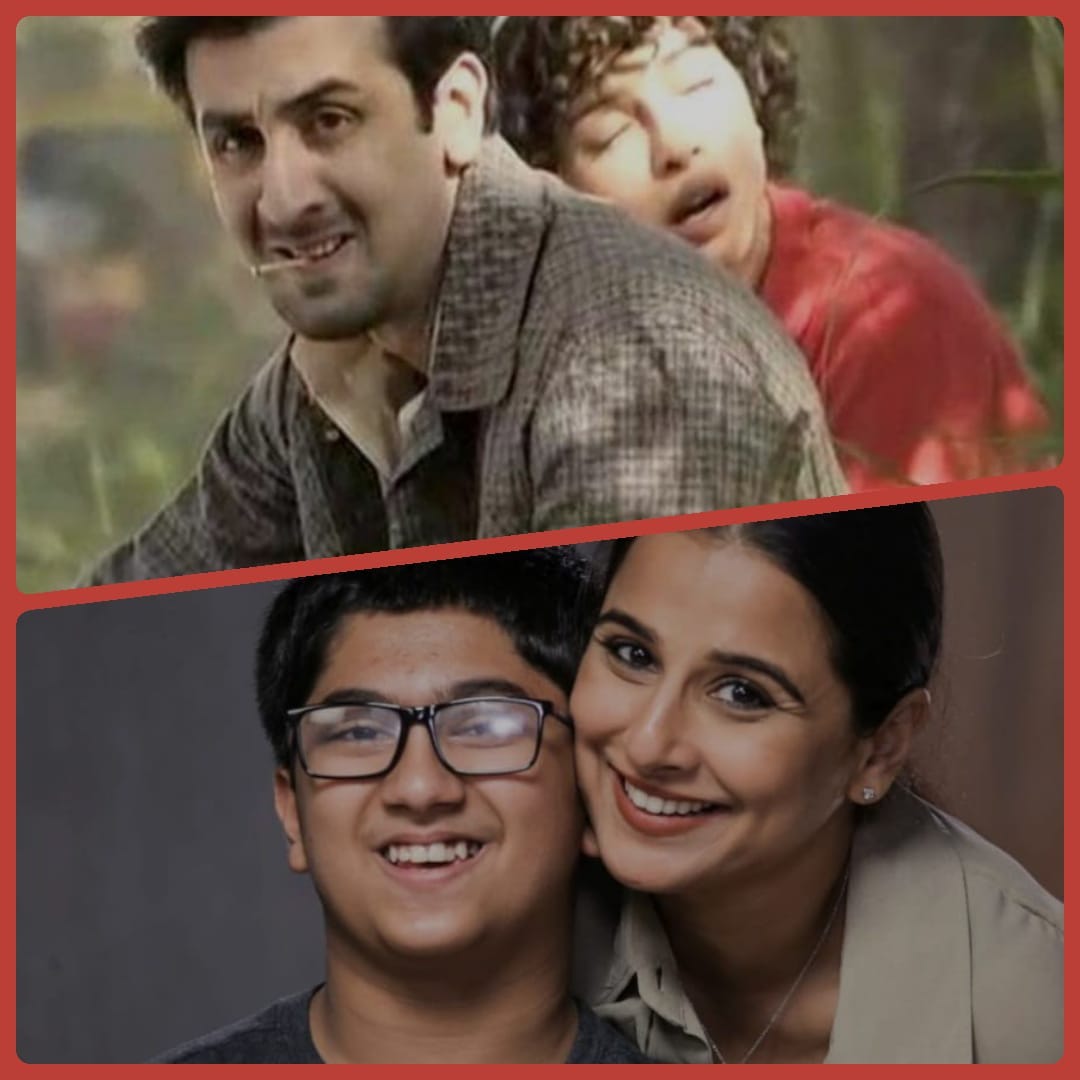Disability in Bollywood Films: Hits and Misses
These films portrayed people with disabilities with authenticity, and while others missed the mark.
A few years ago, I watched the film Jalsa. The film featured Vidya Balan and Shefali Shah, two of my fav actresses, and the plot was intriguing, too. The real discovery, though, is that a young boy with cerebral palsy was a key player in the plot. I did not recall the trailers focusing too much on him.
Perhaps, this was a good thing.
I’ve observed that in films, disability is typically positioned as a key aspect of the story. It’s never just “slipped in” without much ado. In Jalsa, however, it is mindfully woven into the overall plot, which is pretty much how disability appears in real life. This was really interesting, for me.
Ayush’s character, in Jalsa, is played by Surya Kasibhatla, who lives with cerebral palsy in real life. His character instantly catches one’s attention in that first scene where he’s making a selfie-style influencer video. The vibrancy of that scene, simply pops.
This is how people with disabilities (PWDs) play out in real life, too. Yes, there are struggles, and there is a lack of access. But these are external factors that must be faced. PWDs have goals, aspirations, and desires. They play the roles of siblings, parents, friends, lovers, rivals, and even caregivers, among others. But film portrayals don’t always reflect these nuances.
The Danger in Believing a Single Story
One of the worst portrayals of a person with a disability, is in the film Bulbul. A man with an intellectual challenge (played by Rahul Bose) violates a woman in the worst way. His challenge remains vague and undiagnosed in the film. I recall watching the film with a few other folks in the room, and they kept referring to the character as “retarded”. It struck me that their view of PWDs was already myopic. The film’s representation further coloured their perception.
When Barfi was released in 2012, it entertained the masses and went on to become a hit. Ranbir Kapoor was very endearing in the role of a deaf boy from an underserved background. Priyanka Chopra plays a young woman with an undiagnosed disability, and it captures the tender love story of the two protagonists.
My sister and I rushed to the theatre to watch Barfi, because it had a deaf individual at the centre of the narrative. Ranbir’s character in Barfi, communicates using native signs. This is understandable. In the absence of any formal sign language exposure, deaf people use signs intuitively to communicate ( just as my sister and I did when we were kids).
However, one major flaw in the film was that it had no sub-titles. Hence, deaf people like my sis felt completed excluded from understanding the story.
A journalist at The Quint, reached out to capture our views. Today, all this film, and others, do come with sub-titles, today. This kind of access as revolutionised film-watching for deaf people like my sis.
One of my favourite authors Chimamanda Ngozi Adichie said in her viral TED Talk, “There is a danger in believing the truth of a single story.” Yet, popular culture features such limited stories of PWDs, that a single narrative can be perceived as Gospel truth. And this is always my fear, with disability.
50 to 90 Million Real Stories
On a different note, I believe that, in real life, too, our idea of disability needs a serious reset. It’s limiting to perceive people purely through the lens of disability, though disability, no doubt, becomes a key aspect of their identity.
A blind girl who is singing beautifully in a talent-based reality show, is not to be pitied. She is also not to serve merely as inspiration - a practice that has come to be known as “inspiration porn”; she is to be admired for her talent and gift.
I believe we need more films that weave in disability in a nuanced way because get this…
The Rights of Persons with Disability Act of 2016 covers 21 unique disabilities.
Within this spectrum, there are men, women and children
There are queer people with disabilities.
There’s also class, community, caste, and economic diversity, which intersect with disability.
Additionally, India is estimated to have over 55-90 million persons with disabilities.
That translates to 55-90 million stories!
I understand that storytelling around disability is no easy task. Our society has a long way to go in embracing the participation of PWDs in public life, government, education, and workplaces. Sporadic attempts are made, purely due to the fierce activism and advocacy of varied stakeholders.
Nevertheless, I appeal to filmmakers, creators, and storytellers not to shy away from writing in characters with disabilities, for fear of backlash, or a lack of understanding.
Stories have the power to open up our society’s limited perceptions of disability. Films like Khamoshi, Margarita With A Straw, Taare Zameen Par, and Jalsa, have played their role in showcasing the many faces of disability, and triggering conversations. But we need many more of them to educate, entertain, inspire.
I say to our brave filmmakers and creators - feel the fear and do it anyway!




